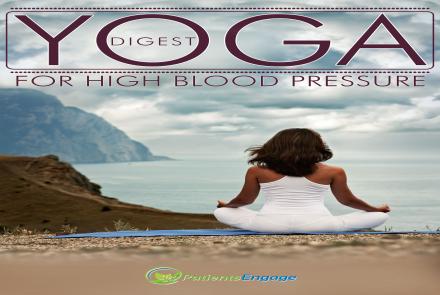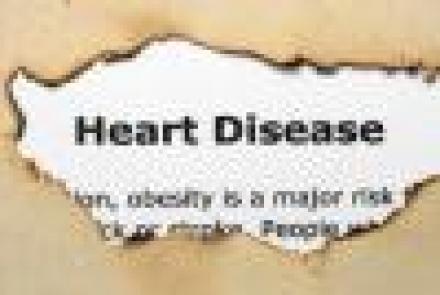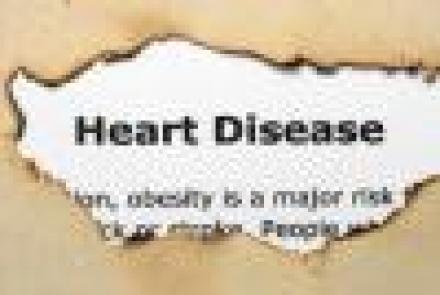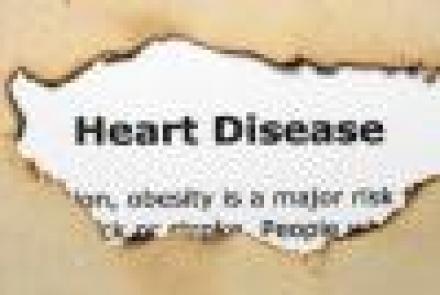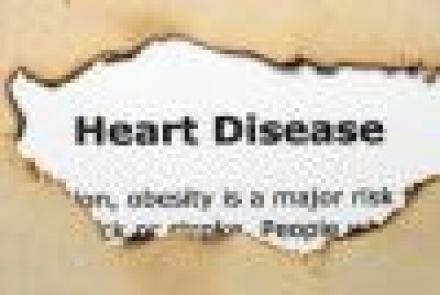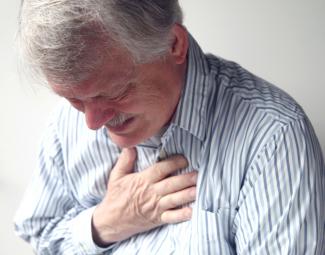
By family practitioner Dr Gita Mathai
What is a heart attack?
A “heart attack” is a general, rather vague, term used to describe damage to the heart muscle. This occurs when the blood supply to that particular part of the heart is compromised. The blood vessel may be abnormally situated from birth. It may be blocked with atherosclerotic plaques. The vessel may have a compromised lumen (channel inside the vessel) and then go into spasm so that the blood supply falls below critical levels and the muscle dies.
What are the symptoms of a heart attack?
It may present dramatically as in the movies. The person may clutch the left side of the chest, sweat, faint or vomit and collapse.
The usual hallmark symptom of a heart attack is pain. This may be on the left side of the chest, radiate down the left arm, seem to be in the shoulder, abdomen or back. There may be nausea, lightheadedness or sweating.
A heart attack can also occur silently with no symptoms at all. If the person survives the damage, then it may be incidentally picked up on a routine ECG. Women and diabetics are more likely to present like this.
Do the symptoms appear suddenly?
The symptoms may be sudden and unexpected. Often though there are preceding warning signs called “angina”. Stable angina is predictable chest pain that occurs consistently at a certain level of exercise or exertion. Unstable angina on the other hand occurs suddenly with sharp squeezing chest pain or unexplained fatigue that does not go away but worsens over time. It is likely to progress and be fatal.
At what age should symptoms be taken seriously?
• Heart attacks have been known to kill people in the twenties. But these are the outliers, more the exception than the rule. Men are at risk after the age of 45 and women after 55 or whenever they attain menopause.
What are the non-cardiac causes of chest pain?
Pain in the chest can arise from the muscles of the chest wall as a result of strain. It can be in the sternum (breast bone) or in the junction between the ribs and the sternum (costochondral junction). This pain can be due to awkward movements or due to a viral infection.
The herpes virus can cause bubbles of herpes zoster along the chest wall with severe pain.
Pneumonia, other lung infections or diseases of the pleura (covering of the lungs) can also cause chest pain. In all these cases application of external pressure by pressing or poking the area causes more pain.
Acid may regurgitate from the stomach causing burning and pain just under the sternum. This may be worse at night.
The food pipe or esophagus itself may have uncoordinated propulsive movements. This may cause spasms and pain.
Since so many structures other than the heart can cause pain, it is difficult for a lay person, and sometimes even a medical professional, to make a distinction between cardiac and non-cardiac pain. Chest pain of any kind should be taken seriously and attended to immediately by a doctor.
If there is pain, what are the steps to be followed?
Any pain in the chest area should be taken seriously. It is very difficult to decide if the pain is cardiac or not. The safest life-saving measure is to take a tablet of aspirin, crush it and swallow it. Then the person should be rushed to a hospital.
How does the doctor decide if the pain is cardiac or not?
It is often difficult for a doctor to decide if the pain is a heart attack or not. Immediately on arrival at the hospital, blood tests are taken and then at intervals to see if there is a rise in cardiac enzymes: Cardiac troponin I and T myoglobin and creatine kinase-MB as determined. Rising values are evidence of myocardial injury. Serum levels increase within 3-12 hours from the onset of chest pain, peak at 24-48 hours, and return to baseline over 5-14 days. The values vary from laboratory to laboratory and have to be interpreted by a cardiologist. The doctor will also do tests like ECG, Echo, chest X-ray and a treadmill test once the patient is stable and found not to be having an acute heart attack. A diagnosis is made after the doctor sees the results of the investigations.
How many people have non-cardiac chest pain?
15-20% of the population has at least one episode of non-cardiac chest pain during a lifetime. 80% of the people who reach specialised chest pain units have non-cardiac chest pain. Chest pain is frightening. Anxiety often makes it difficult for people to accept that their chest pain in non-cardiac and they may doctor shop.
How likely are women to have a heart attack?
40% of the patients who attend the chest pain emergency units and require urgent intervention are women. They are especially at risk if:
- There is a family history of heart disease
- They are obese with BMI (weight divided by height in meter squared) 30 or more
- Carry most of their fat around the abdomen
- Have diabetes, hypertension or elevated lipids
- Are over 55 or have attained menopause
What symptoms do women have?
The symptoms in women are different from those in men. This may be partly explained by the fact that atherosclerotic plaques in men are “clumped” in one area whereas in women they are distributed uniformly narrowing the entire artery. Women are more likely to suffer from vague abdominal pain, unexplained fatigue, back shoulder or neck pain and pain in the right arm. They are more likely to be in denial. They wait to see if the symptoms recur or if they seem to worsen. Family responsibilities may make them push the symptom to the back of their minds and continue to cope with their daily activities.
Are the outcomes different in men and women?
A woman with a first heart attack is twice as likely to die than a man. 60% of women with a fatal heart attack have no previous history of chest pain. 40% of them will go on to die in the first year compared to 25% of men.

